-
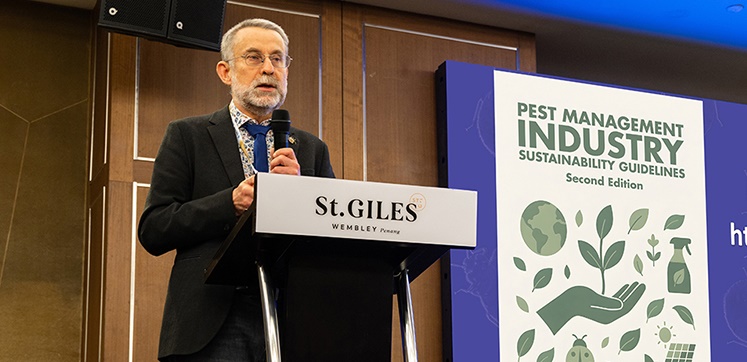
29 July 2025
New sustainability guidelines help pest control companies stay competitive in a carbon-conscious market
BUGS releases second edition of industry roadmap aligning pest management with business demands for carbon neutrality.. More
-

30 September 2016
New TAS auditor approved by CEPA
Andy Burton, Trade Association Services new auditor has today been approved by CEPA.. More
-

07 November 2017
New TAS Auditor declares his love for all things pest management
Jeff Warren has joined Trade Association Services as a new auditor. His work will involve auditing pest control companies across the United Kingdom to EN 16636: 2015 including BPCA members who want to become CEPA Certified.. More
-

23 April 2015
New Technical Manager for BPCA
Dee Ward-Thompson joined the BPCA team in April 2015 from member company OCS Cannon, where she'd been their UK Technical Manager since 2008. . More
-

17 February 2017
New Terms and Conditions for EN 16636 audits
New cancellation terms and conditions have been approved for EN 16636 audits, affecting all current Servicing Members.. More
-

03 June 2020
New themed digital networking events for BPCA member employees
BPCA is running hour-long virtual networking events for BPCA members who want to connect with each other on subjects that matter to them. . More
-
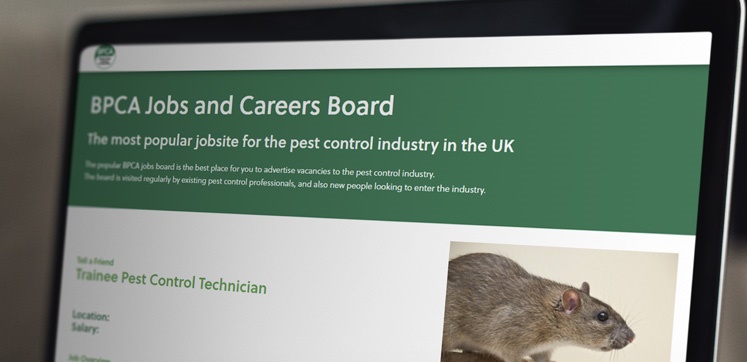
23 January 2024
NEW Trainee pest technician job template available
BPCA has created a job template for member companies to use when hiring trainee pest controllers. . More
-
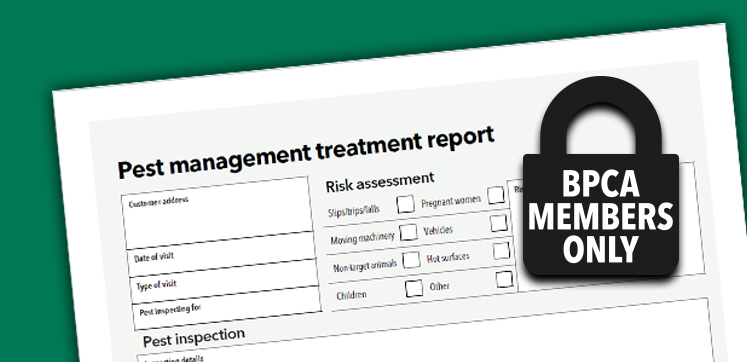
09 July 2020
New Treatment Report template for BPCA members
A new Treatment Report template, for BPCA members and their employees to use, has been uploaded to the Member Documents Area.. More
-

18 November 2022
New treatment report templates for BPCA members
Two treatment report templates have been made available for BPCA members and their employees to use.. More
-
![]()
11 May 2016
New TV Show: Deadliest Pests Down Under
Nine brave Brits will be matched with their Australian counterparts as they leave the cold streets of the UK behind, swapping mild moles for psychotic possums, baby bed bugs for super-sized spiders and mundane moths for killer crocs.. More
-
![]()
16 May 2017
New Waste Guidance Launched
The BPCA Code of Best Practice on Pesticide Waste has been updated and is available for free via the BPCA website.
. More
-
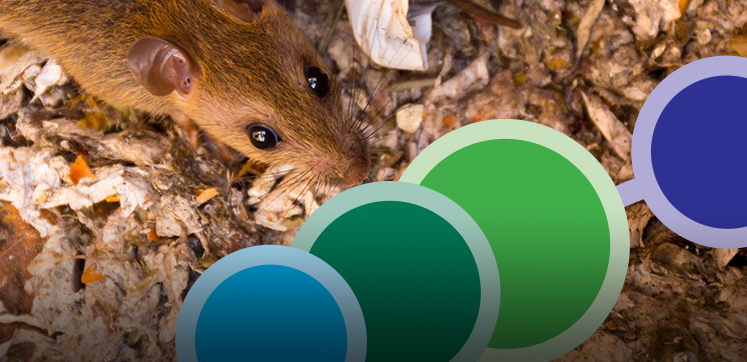
27 September 2019
New way to pass your Level 2 Award in Pest Management
BPCA has announced a new 7-day, modular, non-residential training course in the centre of London this November.. More
-

24 July 2020
New website for International Conference on Urban Pests
A new permanent website for ICUP has been unveiled and includes free access to all previous conference papers and posters.. More
-
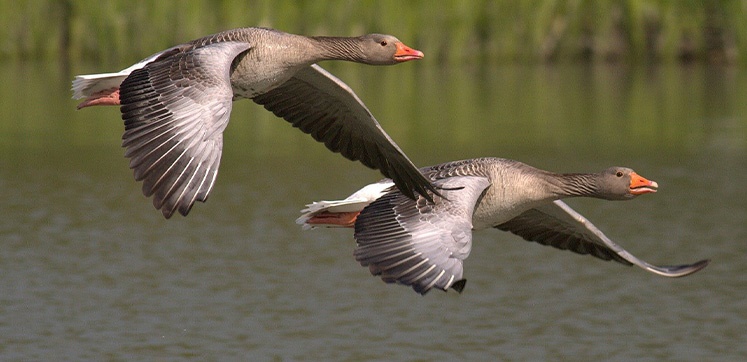
21 June 2022
New Welsh general licences for bird control now available
Natural Resources Wales (NRW) has today (21 June) published four new general licences for the control of wild birds, ahead of them coming into force on 1 July 2022.. More
-
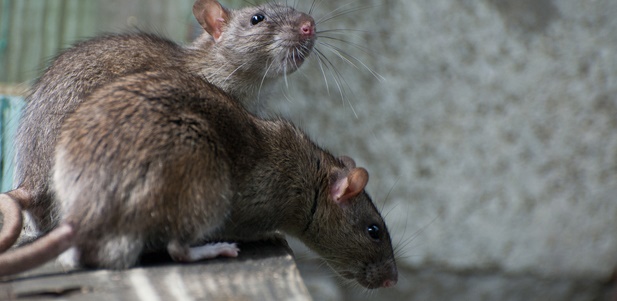
13 December 2017
New year arrangements for farm assurance schemes announced
The CRRU UK Best Practice Work Group has completed work with farm assurance schemes which previously met the transitional requirements so that alignment may be maintained beyond the transitional period.. More
-

06 December 2018
New year, new forums
Professional pest controllers deserve opportunities to get together to talk about their work and learn from each other. BPCA provides Forums right across the UK.. More
-

17 November 2017
New York Rat Safari
Andy Beckmann organises one of the largest pest management trade shows in Europe, Pest-Protect. While researching other trade-shows around the world, Andy has seen many weird and wonderful things. In this guest article, Andy tells us about his adventures on Bobby Corrigan’s urban rat safari. . More
-

04 March 2024
Nigel Cheeseright returns to CRRU as chairman
The Campaign for Responsible Rodenticide Use UK’s new chairperson begins a three-year term on 1 May following the retirement of Dr Alan Buckle.. More
-
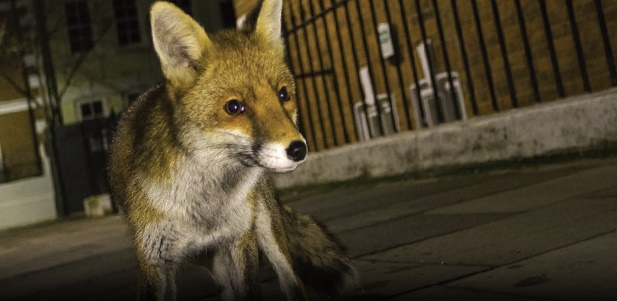
17 January 2022
Night School pest control training courses return
Following a successful first run of evening classes in 2021, BPCA Night School is back!. More
-

12 September 2016
No certification, no sale of rodenticides from 1 October
From 1 October farmers, gamekeepers, pest controllers and their employees buying professional rodenticide packs for use outdoors will need to show either an approved certificate of competence or document confirming membership of an approved farm assurance scheme.. More
-

08 August 2018
No deal - HSE Chemicals EU Exit workshop
BPCA Field Officer, Natalie Bungay, went along to the HSE's Chemicals EU Exit Workshop to find out how chemical regulation could be affected if we left the EU without a deal.. More
-

04 September 2020
No UK products authorised for control of wood mice, rodenticide users reminded
Rodenticide alert prompts reminder of permitted target species by CRRU, as servicing company found to be using a product to control wood mice. . More
-
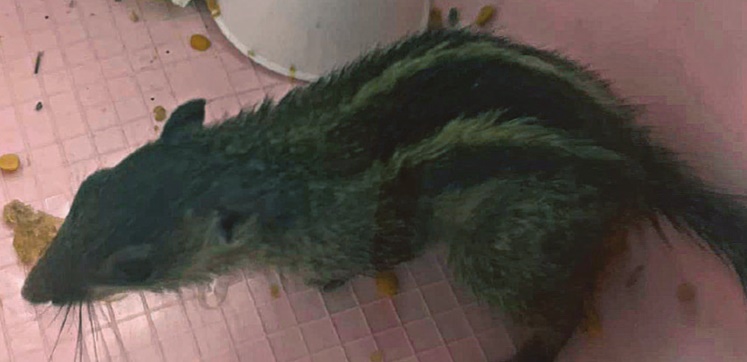
31 October 2022
Non-native species - do you know your obligations as a pest controller
Chris Cagienard to explains the process when dealing with an imported non-native species.. More
-

11 September 2025
Non-pest invertebrate biology, behaviour and advice
Niall Gallagher, BPCA Technical Manager, provides an overview of several insect species that, although often distressing, are not classified as public health pests.. More
-

28 March 2019
Norfolk business named best small company at trade body awards
A Norfolk-based pest management company has been named Small Company of the Year at a leading industry event.. More